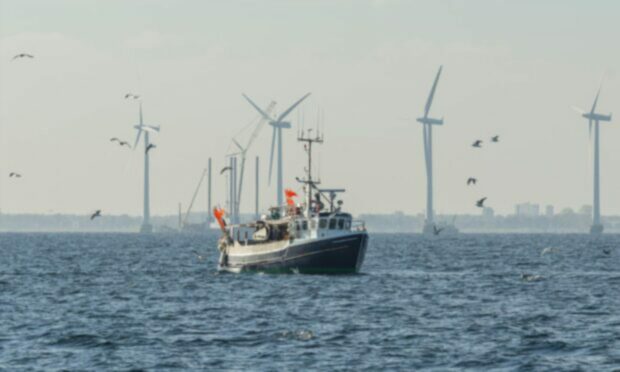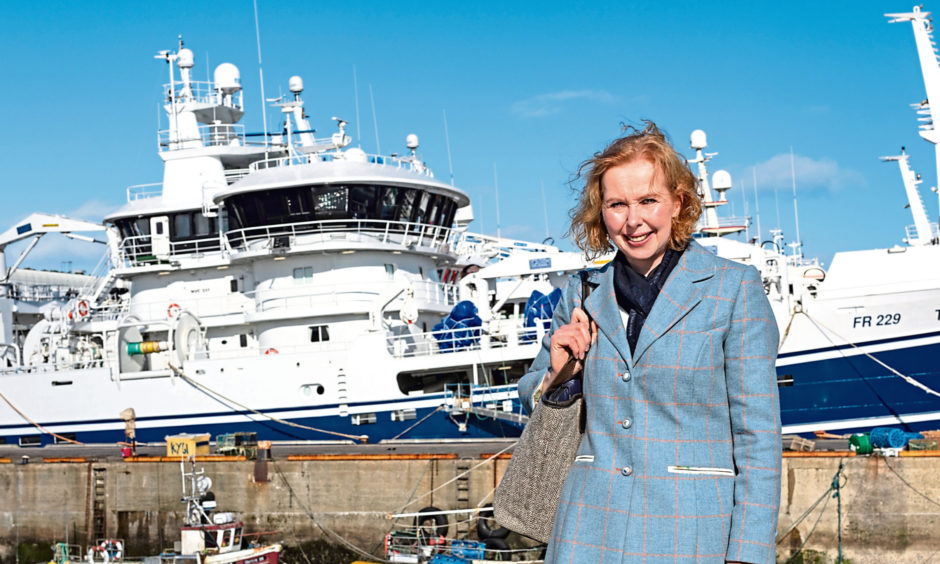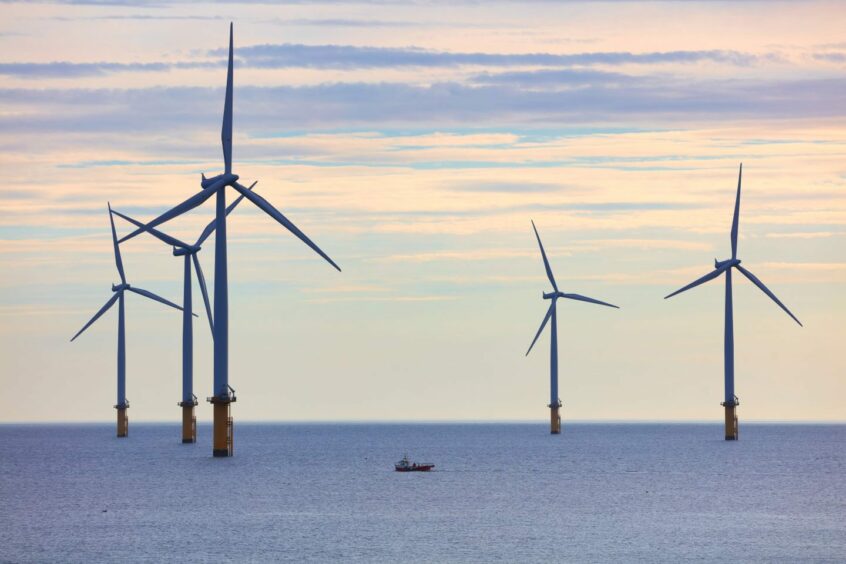More than half of Scottish waters could be closed to fishing fleets by 2050 if the industry continues to be “marginalised” by the development of offshore renewables and marine protected areas.
That is the stark warning contained in a major new report for the Scottish Fishermen’s Federation (SFF) and National Federation of Fishermen’s Organisations published today.
The report, Spatial Squeeze in Fisheries, is the first attempt to quantify the cumulative impact on commercial fishing of hugely increased competition for space in the marine environment.
It focuses on trawling, with further work still to be done on pelagic – mainly mackerel and herring – and shellfish fishing.
Three possible futures
The document predicts three possible futures to highlight the scale of displacement the fishing fleet may face in the coming years.
A worst case scenario factors in the Scottish Government’s target of achieving net-zero carbon emissions by 2045, the expansion of offshore renewables – primarily wind, but also wave and tidal -and the designation of at least 10% of Scotland’s seas as Highly Marine Protected Areas, where fishing will be banned.
This could result in the loss of an area to fishing of more than 100,000 square miles , or 56%, of Scottish waters by the middle of this century, the report says.
Share your views on the fishing and offshore wind debate in our comments section at the foot of this article.
Even if the worst-case assumptions are not realised, an area of more than 82,000sq miles, or 46%, of Scottish waters is likely to be lost by then, “threatening the very existence of fishing businesses and causing severe harm to coastal communities, the document adds.
Most of this area – about 81,000sq miles, or 45%, of Scottish waters – “is in fact likely already to have been lost to fishing by 2030”, the report says.
It adds: “Fishing is currently excluded from around a third of Scottish waters. Looking back to 2000, fishing was restricted in less than 1% of Scottish waters, so the pace and scale of change is evident.”
In all of the future scenarios examined in the report, Scotland is projected to lose far more of its waters to fishing than other parts of the UK – almost double that of England in one case.
No-one disputes the need for renewables to help in the battle against climate change, however, the scale of development proposed offshore risks putting an already climate-smart industry to the sword.”
SFF chief executive Elspeth Macdonald said: “The outlook ahead is truly frightening.
“The report shows expansion of both offshore renewable energy generation and marine conservation are being prioritised over fishing, despite fishing’s value in producing low carbon, healthy and sustainable food, contributing to our food security and supporting thousands of jobs in our coastal communities.
“The industry’s voice and interests are being downplayed by government when it comes to overall strategy for marine planning, and in relation to individual planning decisions.
“No-one disputes the need for renewables to help in the battle against climate change, however, the scale of development proposed offshore risks putting an already climate-smart industry to the sword.”
Ms Macdonald added: “It is deeply unjust that fishing businesses and fishing communities are being denied an equal say when we are the sector likely to feel the most significant impact.
“We need a proper seat at the table and for consultation to be meaningful, not just lip-service.”
The report says it is not too late for action to minimise the impact of the spatial squeeze on fishing considerably, through much better planning and design and the implementation of mitigation measures.
Ms Macdonald urged the UK and Scottish governments to “recognise the importance of sustainable fisheries for both food production and livelihoods, and more effectively integrate our industry into the marine spatial planning and decision-making systems”.
She added: “The benefits of climate-smart energy should not be at the expense of climate-smart food.
“Fishing industry representatives need to be given a stronger and more effective voice in the planning process, at both strategic plan and project level, to ensure the potential impact on the fleet of proposed developments and conservation zones are adequately expressed and considered so that impacts can be avoided or minimised. There must be real, meaningful consultation, not just lip service.”
It is deeply unjust that fishing businesses and fishing communities are being denied an equal say.”
The report was produced by global marine consultancy ABPMer, which said it should be seen as an important starting point and call for action, rather than a “final definitive analysis of where we are heading”.
ABPMer added: “It sends very clear signals about the risks for fishing from the spatial squeeze in our increasingly crowded seas, with major consequential impacts on our
ability to continue to produce low-carbon food safely and efficiently.
“The war in Ukraine has emphasised how vulnerable our food security can be to external shocks. If this report stimulates a serious debate on how to safeguard priority food production, it will have done its job.”













Conversation